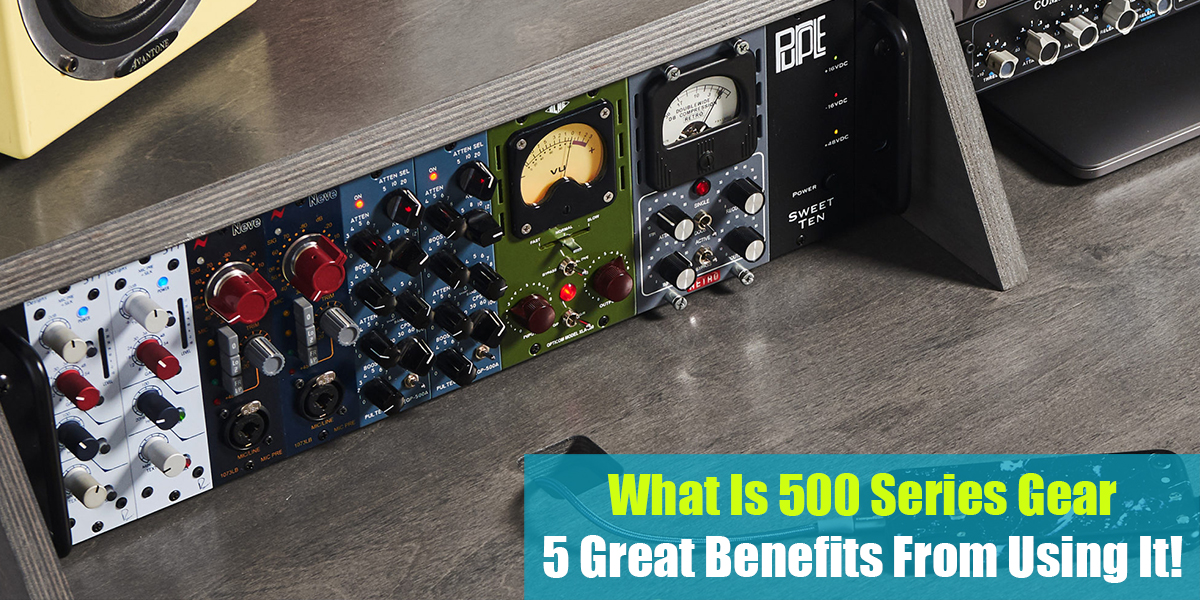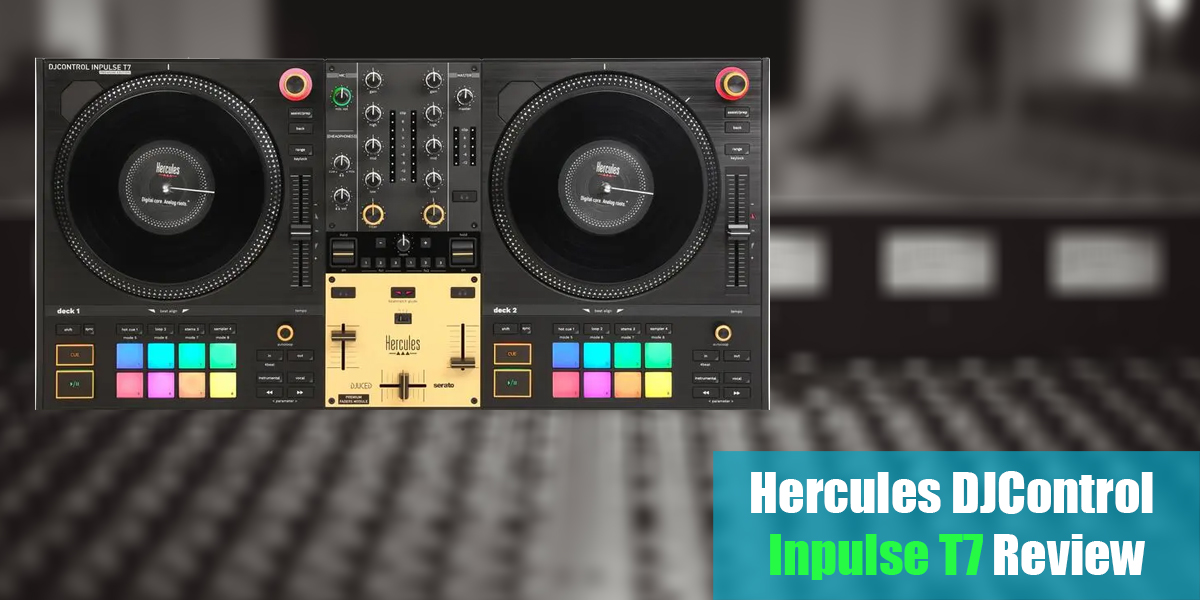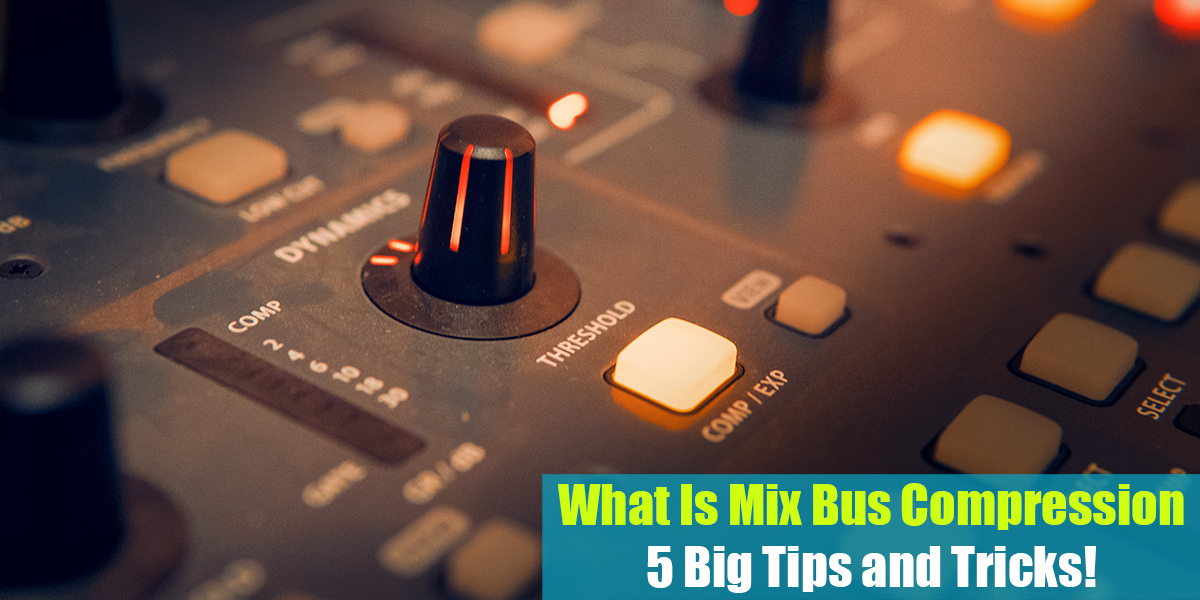What Is VariMu Compressor
Introduction
Welcome to another informative guide, this time focusing on a different type of compressor. In this article, we’ll be discussing VariMu Compressors, also known as Variable Mu compressors.
Originally designed as hardware units to deliver a creamy, tube-based analog compression, VariMu compressors have been a staple in mixing and mastering for decades. Their smooth and transparent compression style is perfect for gluing mixes together without adding excessive saturation or drastically altering the original signal, making them a favorite tool among mastering engineers.
What Is Variable Mu Compressor?
In the early days of audio, tube-based (or valve-based) compressors were the only devices available for modifying gain. The level detector circuit would send a voltage to the tube, and according to this principle, the tube’s gain would be directly affected by that voltage. The first devices to use this method were made by Fairchild and Altec.
Today, Manley offers an updated version of this approach, using state-of-the-art technology. In this type of electronic system, a variable voltage input is used—not with a transistor, but to change the bias of the tube itself instead of the transistor’s gain. “Vari-mu” is also a trademark of Manley.
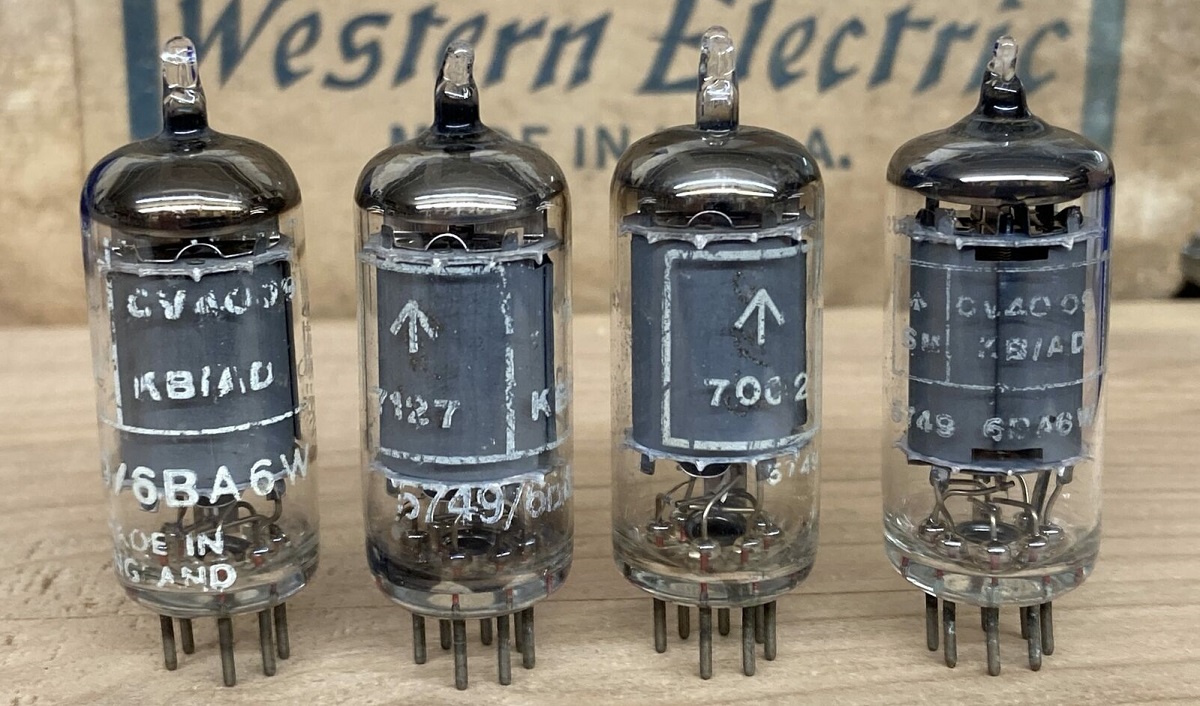
Manley Variable Mu Stereo Compressor Limiter
There’s no doubt that the renowned Manley Vari Mu Limiter/Compressor is the top choice for producers and recording engineers around the world—and you’ll become a believer as soon as you hear what it can do for your sound!
The Vari Mu’s capabilities are well known to anyone familiar with the legendary Fairchild 670 Series limiters, but the Variable Mu delivers an even sweeter sound than those classic models. Mixing and mastering are a breeze thanks to its adjustable attack and release settings, and it’s just as useful for a variety of tracking situations. In terms of versatility and reliability, Manley’s Variable Mu is the best-selling device in their product line.
While there’s no true clone of the Variable Mu, the Fairchild 670 series works on a similar limiting principle. Anyone who’s used this kind of gear knows how special it is. Unlike most compressors, the Variable Mu offers true variable gain—“mu” means gain or amplification factor.
The secret is in the vacuum tube rectified side-chain control voltages. The 5670 dual triodes are continuously re-biased, allowing for smooth peak reduction and compression. This process changes the tube’s gain seamlessly, giving you that signature sound.
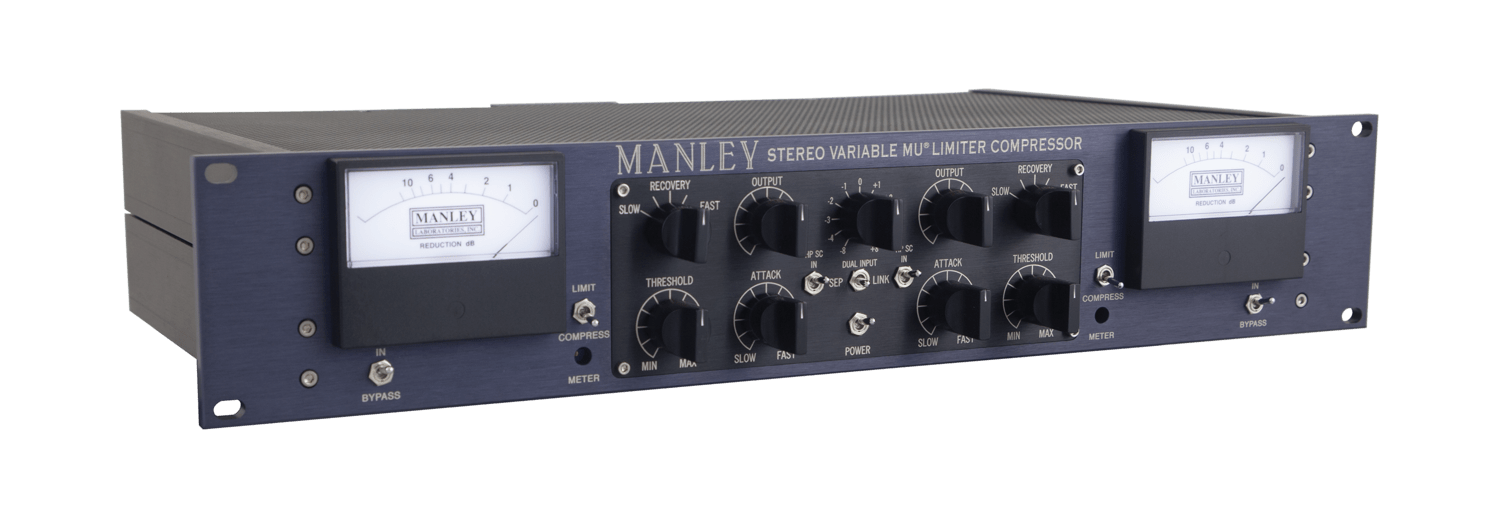
In Compress mode, the Variable Mu uses a soft-knee 1.5:1 ratio. When switched to Limit mode, it applies a sharper knee with a 20:1 ratio for signals exceeding 12dB. Interestingly, the knee actually softens as more limiting is applied. You can also get creative with your sound by increasing the input and decreasing the output, even when using little or no compression.
The Vari-Mu is perfect for both dual-mono and stereo setups. Although it features ganged input controls, it remains fully compatible with mono signals. Plus, since there are separate threshold and output knobs, you can always fine-tune the levels of individual sources elsewhere if needed.
When you switch to Link mode, the benefit of the stereo input control becomes clear. This is where the Variable Mu truly shines—delivering smooth limiting and compression for final mixes, 3-track mixes, or mastering sessions.
Manley Variable Mu Stereo Compressor Limiter |
Characteristics Of Variable-Mu Compression
One of the benefits of variable mu compression is that the tube compressor introduces a touch of musical and appealing distortion into the signal. The compressor’s level detector senses the signal and adjusts the gain accordingly. Importantly, these gain changes are not instantaneous—they happen smoothly, which is something we really appreciate.
When it comes to the sound a Vari Mu compressor creates, it’s often described as organic or creamy. This character is largely due to the tubes inside the unit and the unique attack and release times these compressors offer. Probably the best thing you can do with a Vari Mu compressor is to carefully adjust the gain, which helps introduce these desirable features into your signal.
The attack and release settings also have a big influence on the sound, so it’s important to set them up to complement your tracks. Some signals need faster attack and release times, while others benefit from a medium attack and slower release. Deciding what works best will be up to you and your specific material.
To further explain what gives a creamy and vintage sound, it comes from the harmonic distortion and saturation produced by variable mu compressors, as well as the coloration from the tubes themselves. The harmonic richness and warmth mainly come from the circuitry and the tubes. As you increase the compression ratio, tube saturation also increases, producing the pleasing coloration we’re after.
Another interesting aspect is that Vari Mu compressors tend to have a dynamic compression ratio that changes depending on the input signal and the track’s dynamics. This natural response helps sounds appear more organic, making these compressors an excellent choice for acoustic instruments like guitars, drums, and vocals.

‘‘Soft-Knee” On Vari-Mu Compressors
One interesting feature you’ll find on vari-mu compressors is the soft knee. This means that when the input level crosses the threshold, the compressor gradually increases the amount of compression, making the curve gentler and smoother, rather than sharp like a hard knee.
A key trait of vari-mu compressors is their ability to apply subtle and transparent compression. The soft knee is one of the main reasons for this, as it has a big impact on the overall smoothness. Additionally, these compressors typically have relatively slow attack and release times, which further contribute to their soft and subtle sound.
To put it simply, when the audio signal drops in level, the compressor slowly reduces the amount of compression. As the signal rises, the knee gradually introduces compression. If you look at an image of a soft knee curve, you’ll notice how much smoother and more natural it appears compared to a hard knee, resulting in smoother compression.
This smoothness is especially noticeable at the threshold, where the transition between compressed and uncompressed signal is very gentle. Compared to compressors with hard knees, this shape is much more musical and pleasing to the ear.
Finally, when working on material with a variable mu compressor, the dynamic range is controlled in a more natural and musical way. This is particularly desirable when working with organic instruments. While variable mu compressors aren’t the only ones with a soft knee, many audio and mixing engineers prefer them for this very feature, making them ideal for elements that need to sound more natural.
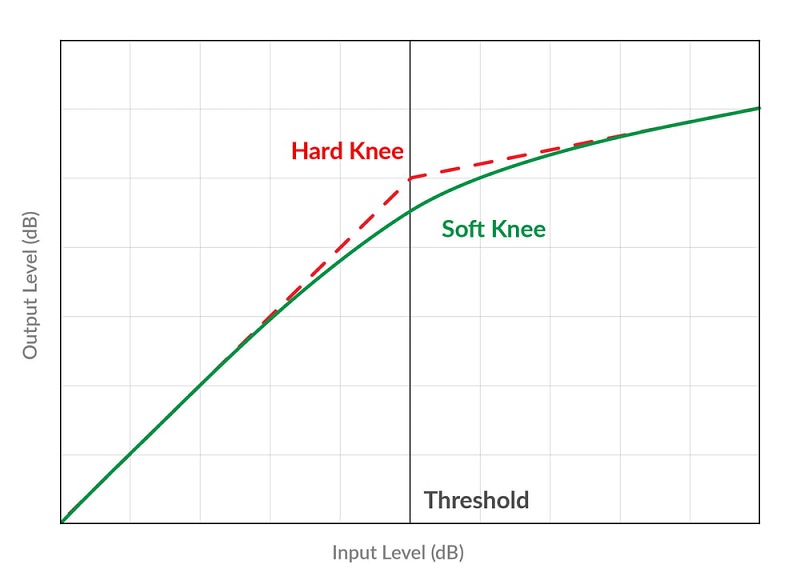
Scenarios Where Vari-Mu Is Useful
Besides using this type of compression on individual tracks, it’s also incredibly useful in mastering. Applying this style of compression can help all the elements in your track feel more cohesive, creating a unified sound throughout your song. The program-dependent feature of variable mu compressors is especially valuable here and is widely used in the mastering process.
As we mentioned, this type of compressor is perfect for “gluing” elements together, which makes it ideal for use on sub-mixes or groups. One of the best places to apply variable mu compression is on a drum bus or a background vocal group, as it can really tighten things up and make them sound more coherent.
We’ve shared some of our favorite ways to use this kind of compression to enhance specific elements, but that doesn’t mean you can’t try it elsewhere. If you’re looking for smooth and creamy compression, feel free to experiment with different signals. Just make sure to dial in the compressor’s settings properly, and you’ll be able to enjoy the great results.
With all that said, perhaps the most important feature of vari mu compressors is their versatility—they can be used on just about any signal and will almost always add something special to the sound. This wraps up our explanation of vari mu compression. Next, we’ll look at some plugin versions you can use in your DAW to improve your tracks.
- What is FET Compressor: Best 5 Models, Guide, and Plugins!
- What Are Optical Compressors: Top 5 Opto Compressors Listed!
- Best Mastering Compressors: Top 9 Units For Your Mastering Studio!
- Top 10 Compressors: Best Compressor Units You Can Get!
- Top 10 Best 500 Series Compressors: Best Models Shown!
Vari Mu Compressor Plugin Emulations
1. Softube Summit Audio TLA-100A
The first plugin we want to share with you is the Summit Audio TLA-100A, recreated by Softube. This plugin is a digital emulation of the original Summit Audio TLA-100A compressor, allowing you to have this legendary unit right inside your computer and DAW. Used for over 30 years, the TLA-100A became a favorite in both studios and live settings, and for good reason—it delivers fantastic results every time.
Often called the first “set-and-forget” compressor, the TLA-100A is famous for producing amazing, warm, and smooth compression with just a few simple tweaks. Its fast and easy setup made it a go-to choice for many engineers.
Softube’s digital version takes things even further by adding a low-cut filter, a saturation knob, and a parallel inject knob. With these extras, you get the flexibility of parallel compression right inside the plugin, with no need for extra routing in your DAW. What used to be a studio standard is now available digitally, making it even easier to process your signals quickly and efficiently.
This compressor stood out for its excellent leveling ability and its incredibly smooth and simple operation. Whether you’re using the original hardware or this software plugin, the functionality remains true to the classic. Just watch the GR (gain reduction) meter, dial in as much compression as you need, and you’re set.
As we mentioned before, the soft knee is one of the standout features of this compressor, and it’s been faithfully reproduced in the digital version. The valve compression system has also been carefully recreated, so you get a sound and feel that’s very close to the original hardware.

2. Native Instruments Vari Comp
Another giant in the world of audio plugins, Native Instruments, has released its own take on vari-mu compressors with the Vari Comp plugin. The entire circuitry is modeled after analog devices, but the interface has been given a modern look for easy navigation and understanding. If you’re aiming for the analog warmth these compressors are known for, simply push the plugin a bit harder and you’ll get that classic vibe. It’s also worth mentioning that Softube contributed to the creation of this plugin alongside NI.
The plugin works great on both mono and stereo sounds. Thanks to its automatic joint stereo system, it applies the same amount of compression to both the left and right channels, giving you a balanced result. Like the previous plugin mentioned, Vari Comp also features a parallel compression knob, letting you blend the processed and unprocessed signals to taste.
The Vari Comp from NI and Softube delivers the sought-after warmth that vari-mu compressors are famous for, and you’ll definitely notice that analog character in its output. It’s truly a fantastic unit.
When it comes to setting the compressor ratio, you don’t need to worry about it—the plugin handles this automatically, along with the type of knee. The ratio automatically adjusts from 4:1 up to 20:1, depending on the input signal you’re working with.

3. Waves PuigChild 670
The Waves PuigChild plugin is one of the most recognizable plugins out there, offering results very similar to the original hardware unit—only at a fraction of the price. The original was an amazing bus compressor that many engineers loved, but it was a premium piece of gear that very few people could afford, not even many professionals.
That’s why Waves created this affordable plugin—to give everyone a taste of what the original could do. The plugin’s interface closely resembles the original hardware, with all the knobs laid out clearly so you won’t get confused. The only extra feature is a switch that lets you turn the unit’s signature hum on or off.
We really liked this option, since the music we usually work on needs to be clear and transparent, so we didn’t need the hum. But if you do want that classic character, you can easily add it to your signal. You also get six attack and release options to help you find the settings that work best for your track.
Additionally, you can choose between linked, dual stereo, and lateral/vertical operation, which is great if you need to control the left and right channels separately. This is truly an excellent plugin that gets the job done with no fuss. We used it frequently, especially when working on more vintage-sounding styles.
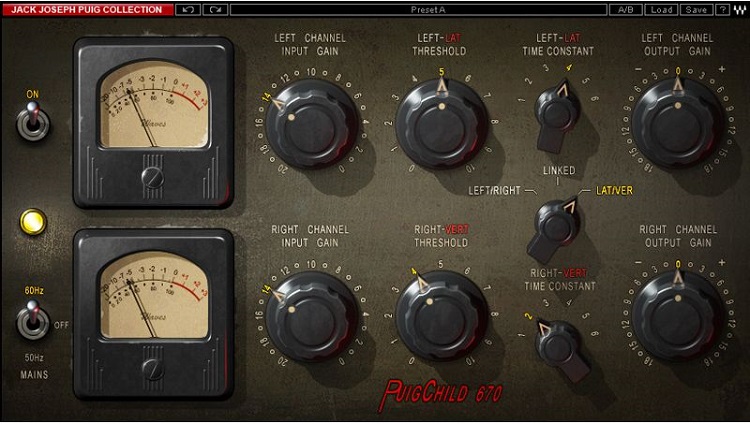
4. Pulsar Audio Mu
Here’s another version of a vari-mu compressor that never fails to impress us and always finds a place in our projects. The Pulsar Audio Mu stands out for its incredible transparency, even when you push the signal harder than usual. This plugin is perfect for that reason, making it a favorite on buses and the master channel alike.
It’s a faithful emulation of the original unit, with circuitry closely recreated to match the hardware, resulting in a sound full of warmth and analog character. What really sets it apart is Pulsar’s Topology Preservation Technology, which ensures an impressively authentic emulation.
Despite being modeled after classic gear, the plugin packs a range of modern features, such as look-ahead limiting, a flexible sidechain EQ, M/S processing, and more. The Pulsar Mu gives you precise control over dynamics and delivers reliable performance. With its advanced metering, you can tweak compression settings in real-time, giving you even more control than the original Manley unit.
Overall, it’s an outstanding emulation with exceptional sound quality and features that any engineer will appreciate. When it comes to comparing the sound to the original hardware, only the most trained ears will notice any differences—which is exactly what you want from a digital version of an analog classic.
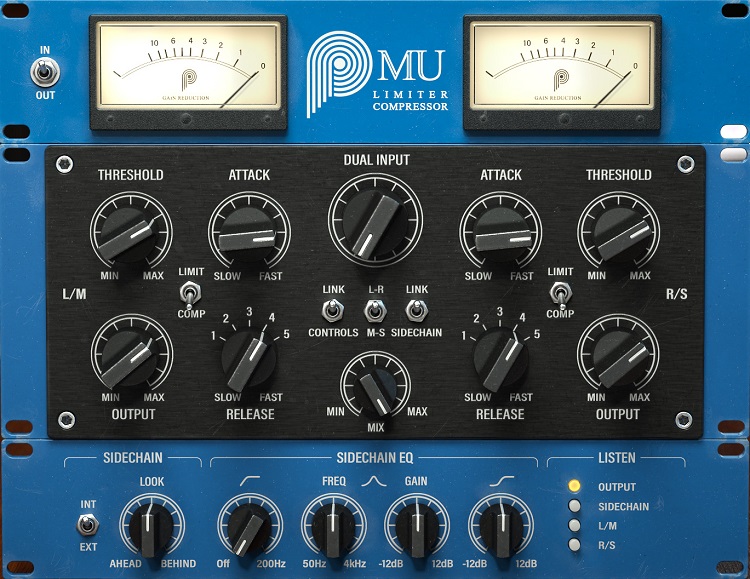
5. Klanghelm MJUC
When you first see this compressor, you’ll notice the large knobs on either side of the gain reduction meter and probably think, “This looks easy to use.” And you’d be right—this compressor is simple to operate, and with just a few tweaks, you can quickly find a compression balance that’s both musical and precise.
The Klanghelm MJUC takes classic hardware compressors to the next level. In addition to the two main knobs, it offers extra features that help you shape the dynamic range with more precision and control the overall feel of the compression. Below the gain reduction meter, you’ll find the attack and release knobs, and along the bottom, there are controls for Timbre, Drive, Sidechain, and Dry/Wet to fine-tune your results.
This compressor delivers smooth, musical compression that’s sure to satisfy. It works especially well on bass guitars and vocals, but we also love using it on snare drums for that punchy, snappy sound.
Priced affordably, almost anyone can add this plugin to their toolkit, making it a favorite for beginners who want powerful, professional compression. With that, we wrap up our list of Variable Mu compressor plugins—here’s a quick summary.
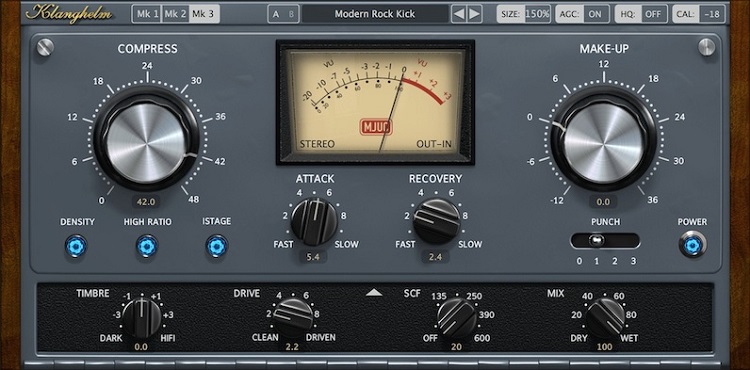
Conclusion
We love using Vari Mu compressors when we’re mixing and mastering our projects, and for good reason. The results are warm and smooth, with that classic analog character we crave—especially for genres like boom-bap hip hop and reggae. These compressors also deliver a pleasing tonal balance, much like the original hardware units that inspired them.
If you’re setting up a new mastering studio and need a compressor, definitely consider a Vari Mu unit. This type of compressor offers the versatility, sound quality, and warmth that are essential at the mastering stage.
We hope this article was helpful and gave you some useful insights for your future audio projects. Until next time, folks!

